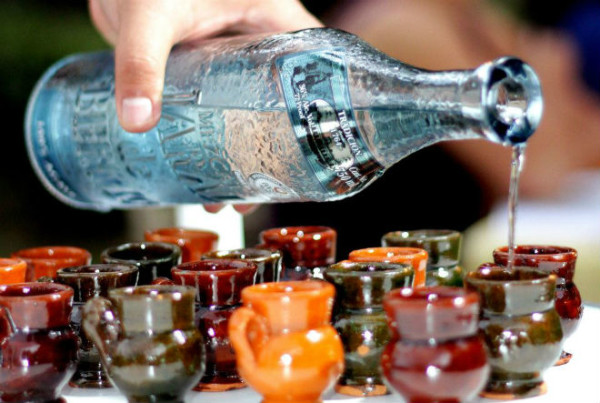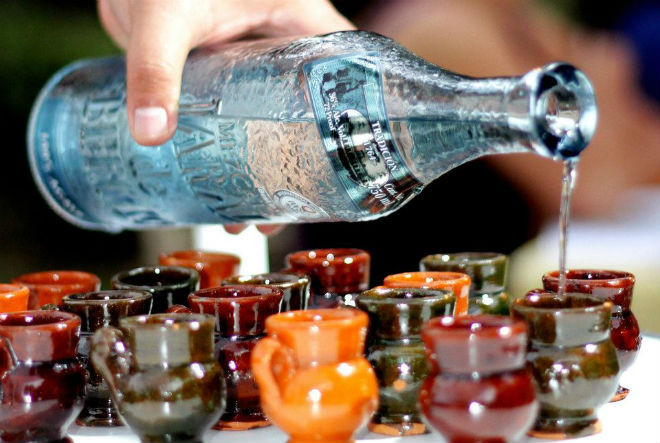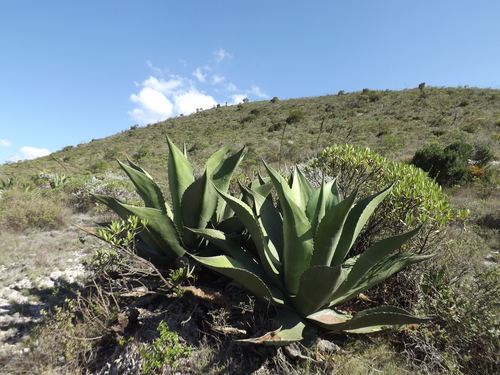According to Mexico News Daily, eleven municipalities in Guanajuato state are seeking to join the 963 already included in Mexico’s protected designation of origin for mezcal.
The ambitious project was designed by the Center for Research and Assistance in Technology and Design of Jalisco State (Ciatej) and funded by the three levels of government, through a mixed fund known as Fomix, and the National Council of Science and Technology (Conacyt).
A team of Ciatej researchers led by Juan Gallardo Valdez has completed a technical and scientific study of the conditions of the 11 northern Guanajuato municipalities — Atarjea, San Diego de la Unión, Comonfort, San José Iturbide, Doctor Mora, Santa Catarina, Dolores Hidalgo, Tierra Blanca, Xichú, Ocampo and Victoria— that are hoping to produce mezcal.
The study assessed the region’s viability, feasibility and potential for growing agave plants for mezcal production.
The project has goals beyond the PDO. Two municipalities in the state, San Luis de la Paz and San Felipe, are already included among the 963 Mexican municipalities that can produce bonafide mezcal. If the 11 attempting to join are successful, the result would be a geographic, mezcal-producing corridor.
This corridor would not only link the two mezcal-producing municipalities of Guanajuato, but would extend to neighboring municipalities also included in the PDO located in the states of Zacatecas and San Luis Potosí.
“There exists a great potential in the northern municipalities . . . there are lots of wild and cultivated agave plants. We saw the need of integrating these municipalities in the PDO because they represent marginalized zones where resources are not exploited in the best way,” said team leader Gallardo.
The wild variety of agave is known as salmiana, which is already being used to produce mezcal in San Luis Potosí and Zacatecas.
The project presented by Ciatej not only intends to boost mezcal production but also broaden the scope by obtaining other agave byproducts, like inulins, a group of naturally occurring polysaccharides; fructans, a polymer of fructose molecules; honey; and pulque, an alcoholic beverage made from the fermented sap of the agave plant.
The 963 municipalities currently included in the mezcal PDO are in the states of Oaxaca — the largest national producer — Guerrero, Durango, San Luis Potosí, Zacatecas, Guanajuato and Tamaulipas.
While all spirits made with agave plants can technically be called mezcal, tequila is its own category protected by a different PDO. The main differences are two, explained Gallardo: only tequilana Weber agaves are used to produce tequila, and unlike mezcal, which is produced mostly using artisanal processes, producing tequila entails a more technical process.
Source: http://mexiconewsdaily.com



